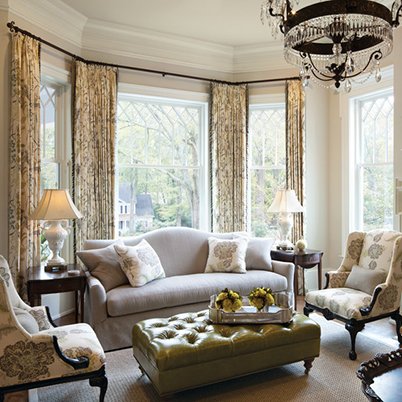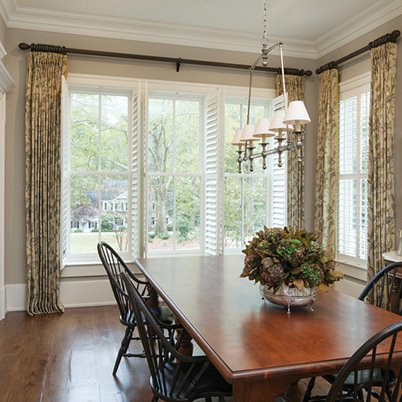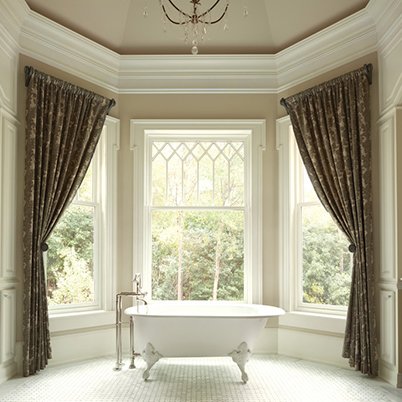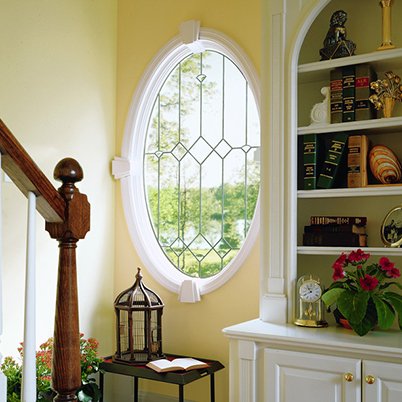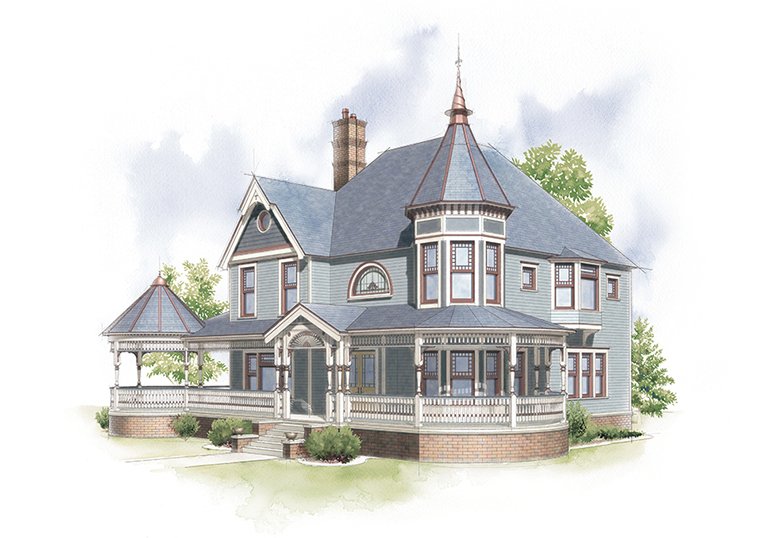
The Queen Anne home
From 1880 to 1910, the Queen Anne style so completely dominated Victorian residential architecture that it has become synonymous with the word "Victorian" for many people. Queen Anne style homes represent an exuberant collection of eclectic details. Gables, bay windows, towers and various textures all come together in unexpected ways to create harmony.
Essential design elements
Queen Anne homes feature textured surfaces, decorative patterns of wood or stone, and various colors of shingles and slate. They feature elaborate decorative trim, stained glass and an array of colors. These homes are typically two, three or more stories, with cantilevered upper stories and include towers, turrets, porches, balconies and bay windows.
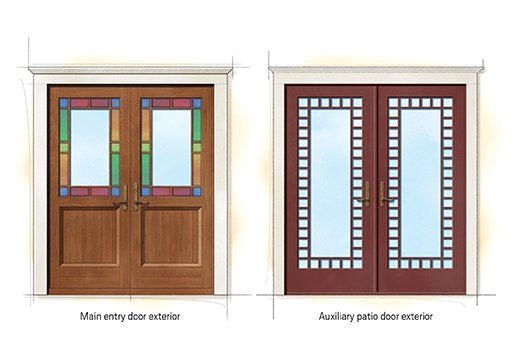
Quintessential doors
Main entry doors are simple, rectangular, raised-panel doors and often have mail slots. Typically, transom windows with art glass are used above the doors. Frequently, the upper half of the doors also includes art glass. Side doors, back doors and other auxiliary doors are less elaborate than main doors, but often have art glass and transom windows. Patio doors were not used on period Queen Anne homes, but these doors can easily be styled to work well and suit the needs of today’s homeowners.
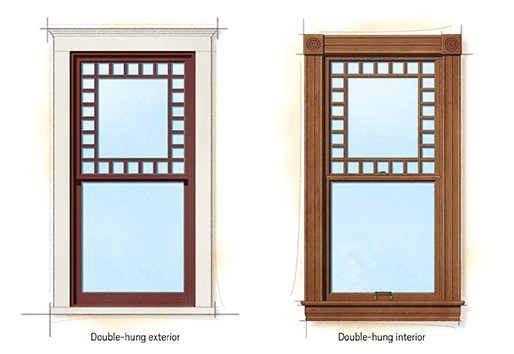
Quintessential windows
Like most homes in the Victorian style, Queen Anne style houses have tall, double-hung windows. One way Queen Anne homes differ from Victorian, however, is that double-hung windows in the Queen Anne style are far more likely to have the upper sash decorated with art glass or with a decorative grille pattern combined with colored glass. Windows in Queen Anne style homes are often paired or tripled.
Style options
Photo gallery
More on this home style
Pattern books from the Andersen Style Library present quintessential details of the most popular American architectural styles, with an emphasis on window and door design. The result of years of research, they exist to make it easier to create homes with architectural authenticity.
